Sometimes war compensates for its savagery and brutality by offering a kinder face that can even be funny. That is why the title of this article is not a joke but reflects a real event that happened in the Pacific during World War II and had as its protagonist the most successful destroyer of the US Navy of the war, the USS O' Bannon , distinguished with 17 service stars and a PUC (Presidential Unit Citation).
The ship had been launched in the spring of 1941 in Bath, Maine, entering service on February 19 of the following year. Along with her twin, the USS Nicholas , was the first of the new Fletcher class , which was characterized by its large size (2,050 tons for a length of 114.7 meters and a beam of 12.1 meters) and reached the figure of 175 units built until 1944; some of them were very long-lived because, for example, the 5 sold to Spain (renamed Lepanto, Almirante Ferrándiz, Almirante Valdés, Alcalá Galiano and Jorge Juan ) were sailing until the second half of the eighties.
The ship's name referred to a historical figure, Marine Corps Lieutenant Presley Neville O'Bannon, one of the heroes of the 1805 assault on Tripoli who became the first man to raise a US flag on foreign soil in wartime and whose Mamluk sword, a gift from Prince Hamet Karamanli, became the official model of the Marines in 1825 in honor of his outstanding performance on the North African coast.
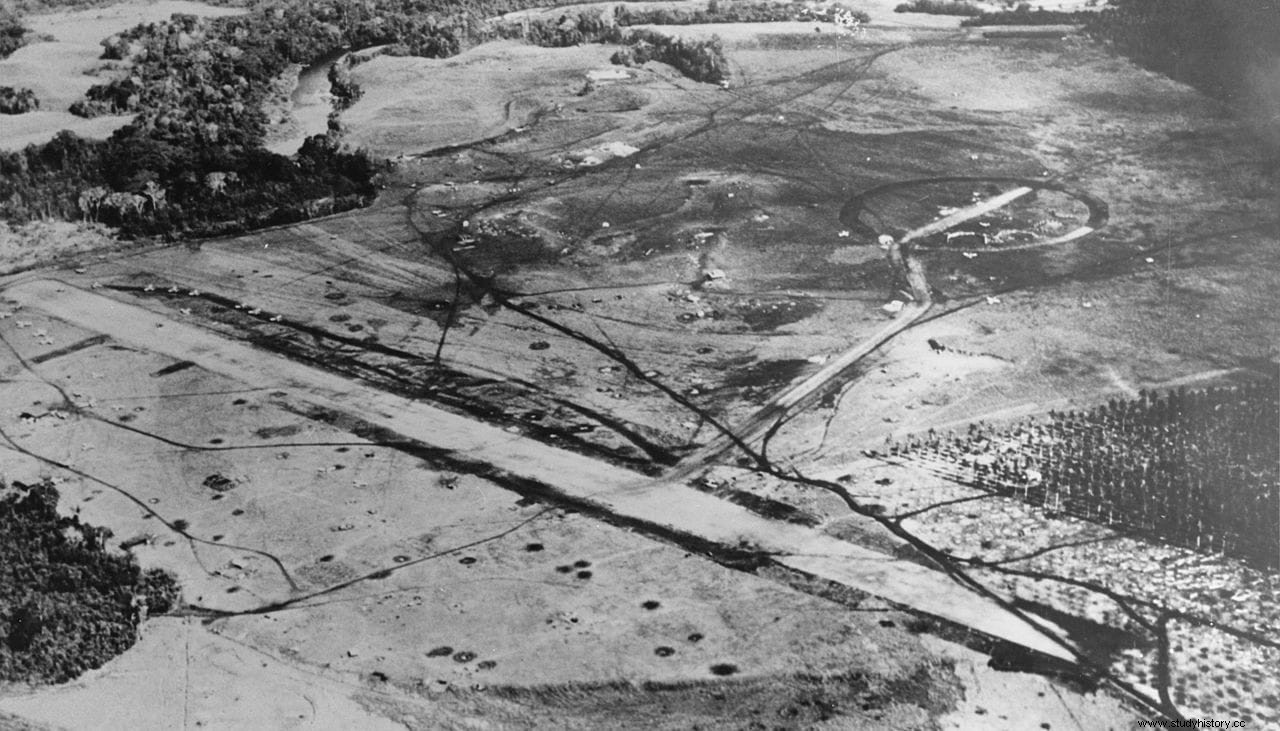
The destroyer received her first assignment in the summer of 1942, the Pacific, under the command of Commander Edwin R. Wilkinson (she would have another 14 throughout her active life). The US armed forces were at that time committed to taking over the Solomon Islands, where the so-called Operation Watchtower, better known as the Battle of Guadalcanal, was taking place.
The ship joined Squadron 21 and starting in August, from her base in New Caledonia, she accompanied the USS Copahee , a small escort carrier carrying about twenty Grumman F4F Wildcats aircraft to defend the Henderson Field aerodrome, (which the enemy had actually built on the aforementioned island but had just fallen into the hands of the Marines, who renamed it that way). This earned the ship the aforementioned PUC.
She later continued on similar missions in that area. In the fall, she was assigned to Rear Admiral Daniel J. Callaghan's combat group to escort a convoy carrying materiel, supplies, and replacement troops, since the battle dragged on due to the Japanese Numantine defense. In this context the USS O'Bannon She had the opportunity to engage in combat, first with a submarine and then with a squadron of 16 enemy planes, repelling both threats helped by the other ships in the group.

A trifle compared to the action of November 12, in which a Japanese force consisting of 2 battleships, a light cruiser and 14 destroyers arrived at the scene with the aim of destroying the airfield. To prevent it, the Americans opposed 2 heavy cruisers, 3 light cruisers and 8 destroyers, among which was the O'Bannon . She slammed into the battleship Hiei closing the distance so much that the Japanese could not use their artillery and received considerable damage, later aggravated by the cannon fire of the cruisers; The mighty ship was forced to withdraw but, unable to maintain direction due to the useless rudder, she ended up sinking the next day, a victim of air attacks.
The Americans lost 2 of their light cruisers and 4 destroyers to the 2 destroyers plus the limping Hiei of the adversary, covering with metal an underwater bottom that for this reason is known as Iron Bottom Sound. But Henderson Field was safe and the O'Bannon he covered himself with glory, thus continuing her collaboration in the conquest of Guadalcanal without too much damage; she no wonder he was nicknamed Lucky O .
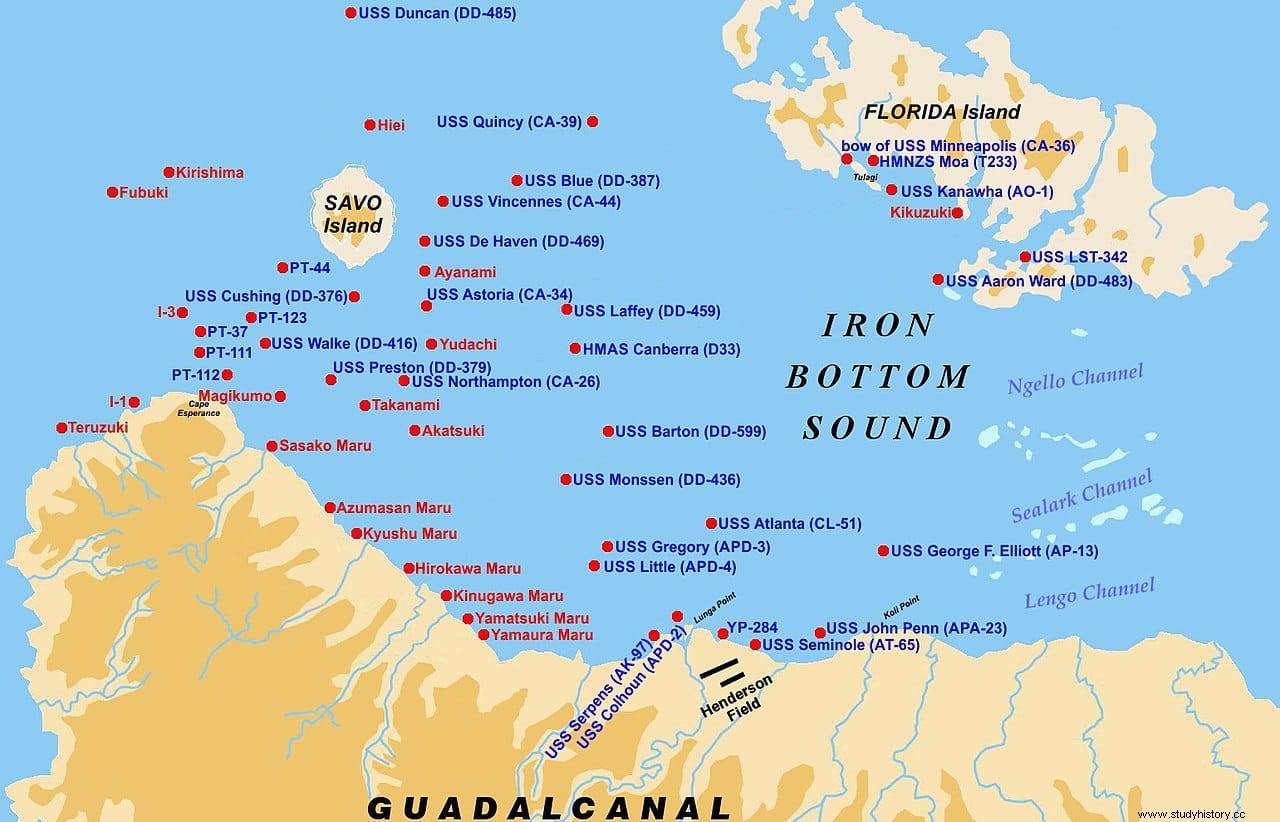
The campaign ended victoriously in February 1943 and the ship was ordered to relocate in April with Group 21. During the voyage she ran into the Japanese Kaichū VI class submarine Ro-34. , with which she starred in one of the most unusual duels in the history of navigation. She first tried to ram him but then she took a sharp turn fearing that she was a mine ship, which left both ships side by side. The Japanese tried to use their deck gun and the Americans, whose side defenses couldn't fire from that close (they were about 50 meters away), had no better idea than to defend themselves by throwing the potatoes they stowed on deck at them.
Incredible as it may seem, they were successful, since chaos broke out on the deck of the Ro-34:believing they were hand bombs, some ran to hide in the turret while other braver ones returned the tubers to the Americans without realizing that they were not they were grenades. Thus, the destroyer had time to move away to use her guns and then, seeing that the submarine was submerging, launch depth charges and sink it with the support of the USS Strong , the other accompanying destroyer. She didn't kick but almost.
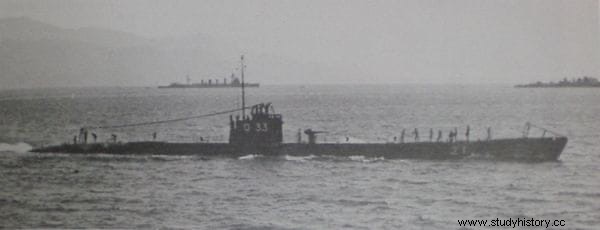
His adventures did not end there, far from it. Throughout that year the USS O'Bannon she fought in the battles of Kula Gulf, Kolombagara, and Vella Lavella, as well as skirmishes against convoys and smaller units. In March 1944, after some repairs, he returned to the Solomon archipelago to protect the amphibious island landings that allowed New Guinea to be occupied and, already in October, he took part in the Battle of Leyte Gulf (which is considered one of the largest in history). naval history), albeit with a supporting role.
In 1945 the ship continued to operate in the Philippine Sea as an escort during the invasion of the archipelago, often facing air raids but also assisting in the sinking of another submarine. She was also in Borneo, bombing Tarakan and removing mines, before going as reinforcement for the landing in Okinawa and the Sakishima Islands.
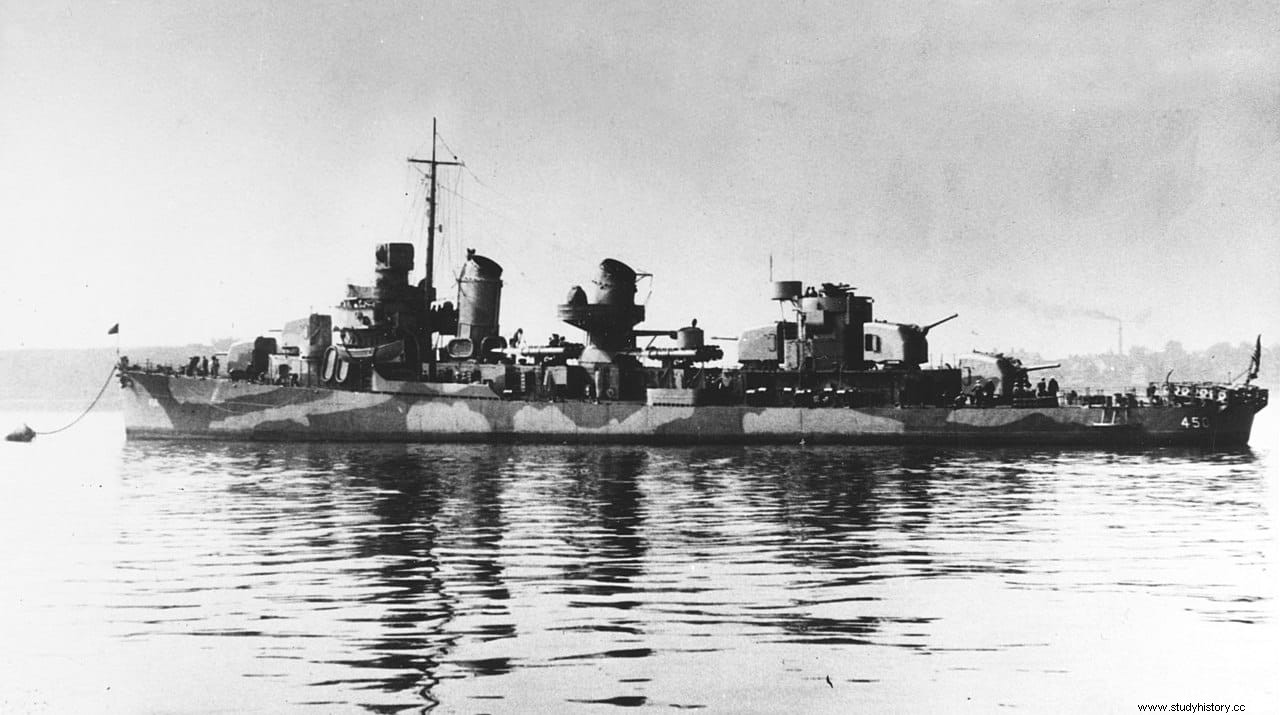
That summer she once again exercised escort duties around the Japanese archipelago, where she stayed until the end of the war and was ordered to escort the battleship USS Missouri she to Tokyo Bay on September 1; a very special mission because the next day, on the deck of that ship, the surrender of Japan to the Allies was signed. Thus concluding her participation in the conflict, she returned to San Diego.
She would still have the opportunity to exercise active service in the Korean War and later join the Seventh Fleet, performing training ship functions at times and collaborating in nuclear tests at others. In the mid 1960's she fought in Vietnam bombing Vietcong bases and shortly thereafter she was used to rescue fallen Apollo and Gemini spacecraft from the ocean. So, once again, the USS O'Bannon she was sent to the Vietnamese conflict, where she remained until 1967.
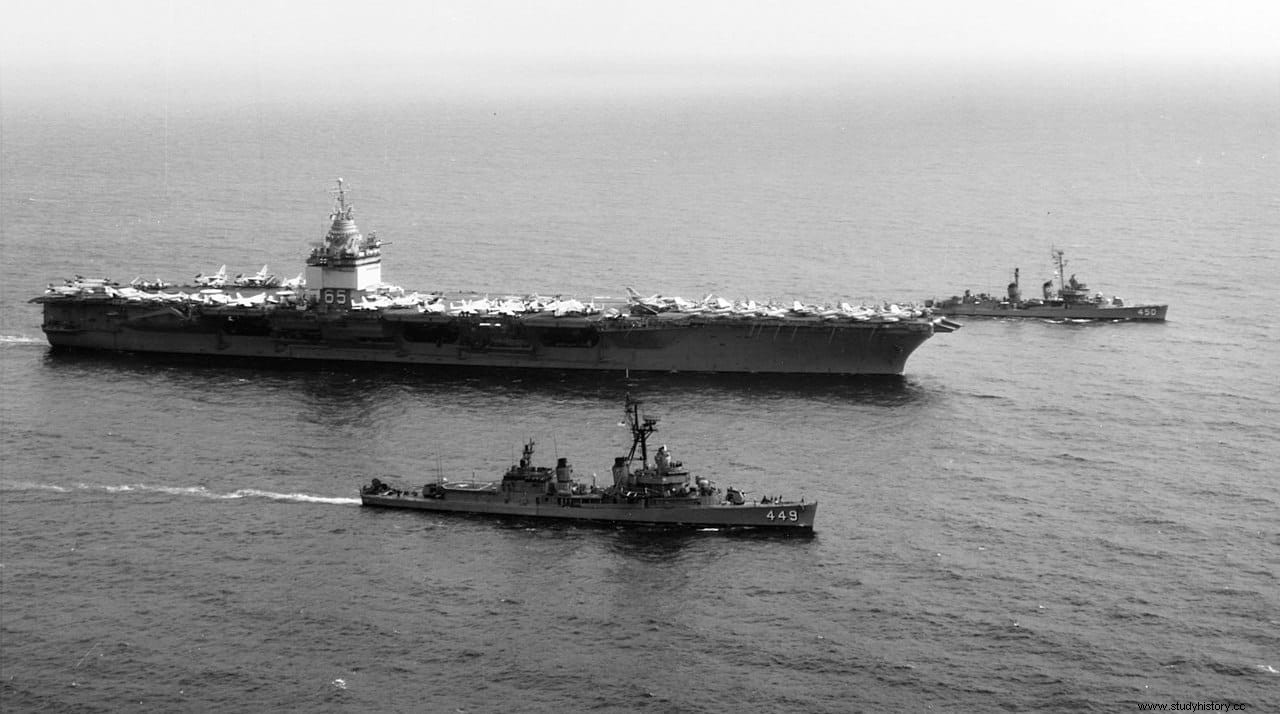
Three years later she was decommissioned at Pearl Harbor alongside her sister ship, the USS Nicholas , and her story ended in scrapping in 1972, after having survived three wars. She still has the plaque commemorating the bizarre incident with the Ro-34, which was given to her, of course, by the Maine Potato Growers Association.
